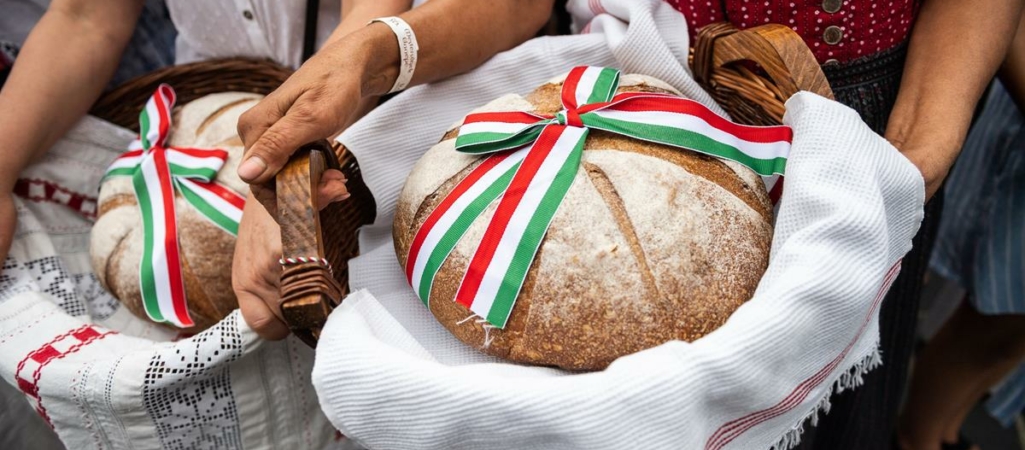The end of Hungarian onion production: farewell to the well-known Makó onion
After decades of decline, Hungarian onion production has virtually ceased this year. János Fekete, president of the National Onion Product Council, told Magyar Nemzet that while twenty years ago onion cultivation in the Makó region was practiced on 1,500 to 2,000 hectares, this year only twenty to thirty hectares of onion area were cultivated in Makó.
Other countries produce more efficiently
The main problem is that Makó’s onion production is less and less able to compete with Italian, Spanish and German onions, which are much more efficiently produced by our competitors. While onions sown from seed under domestic conditions can produce 250-300 m³ per hectare, Italian onions grown under irrigated conditions can reach yields of up to 700-800 m³.
Without irrigation system
The key word is irrigation, without which there is nothing to rely on, and drought causes a yield loss of 20 to 50 percent. This year, drought has also caused serious losses, with some areas in the south of the country losing half the expected quantity. Without the necessary conditions for proper water management, there is no future for Hungarian onions (water management was one of the keys to success for the Italians).
Poor onion growth
But it is not only Hungarian farmers who are complaining about this year’s onion harvest. The drought that has hit Europe as a whole has led to farmers in many places reporting poor onion growth. In Germany, for example, the price of onions in bags was €35-36 per 100 kg in mid-August, much higher than the €25 per 100 kg recorded at this time last year, according to the government newspaper.
We have elaborated earlier on the issue of skyrocketing food prices in Hungary in our previous article. Currently, Hungary has the third-highest price increase when it comes to unprocessed food in European Union. Our readers reported that even in neighbouring Austria, certain items cost less. We thought to examine the situation further down south, in Greece. Here, you may read our findings.

Read alsoOrbán cabinet: Hungary’s agriculture can supply food to 22-23 million people in a good year
Source: Magyar Nemzet
please make a donation here
Hot news
Top Hungary news: Festive trains, Wizz passengers stuck in Belgium, minimum wage increase, lego tram — 21 November, 2024
Hungary stands firm on Russian energy: FM Szijjártó defends sovereignty amid EU criticism
Wizz Air flight delayed for 18 hours: Passengers stuck in Brussels airport
Official: Minimum wage in Hungary to rise in 2025
Hop on a festive train to Vienna and Zagreb’s Christmas markets with MÁV!
Hungary launches EUR 500,000 humanitarian aid for persecuted Christians through Hungary Helps programme





1 Comment
Hungary needs to learn cooperative farming that is used in the US to spread the costs of things like irrigation across many farms, so all can utilize it.
I saw this back in the drought of 2014 and the comparison to even Croatia was eye-opening.
Hungary cannot compete with California almonds because of irrigation and automation.
Hungarian farmers need to find a way forward or many more farms will cease to exist.